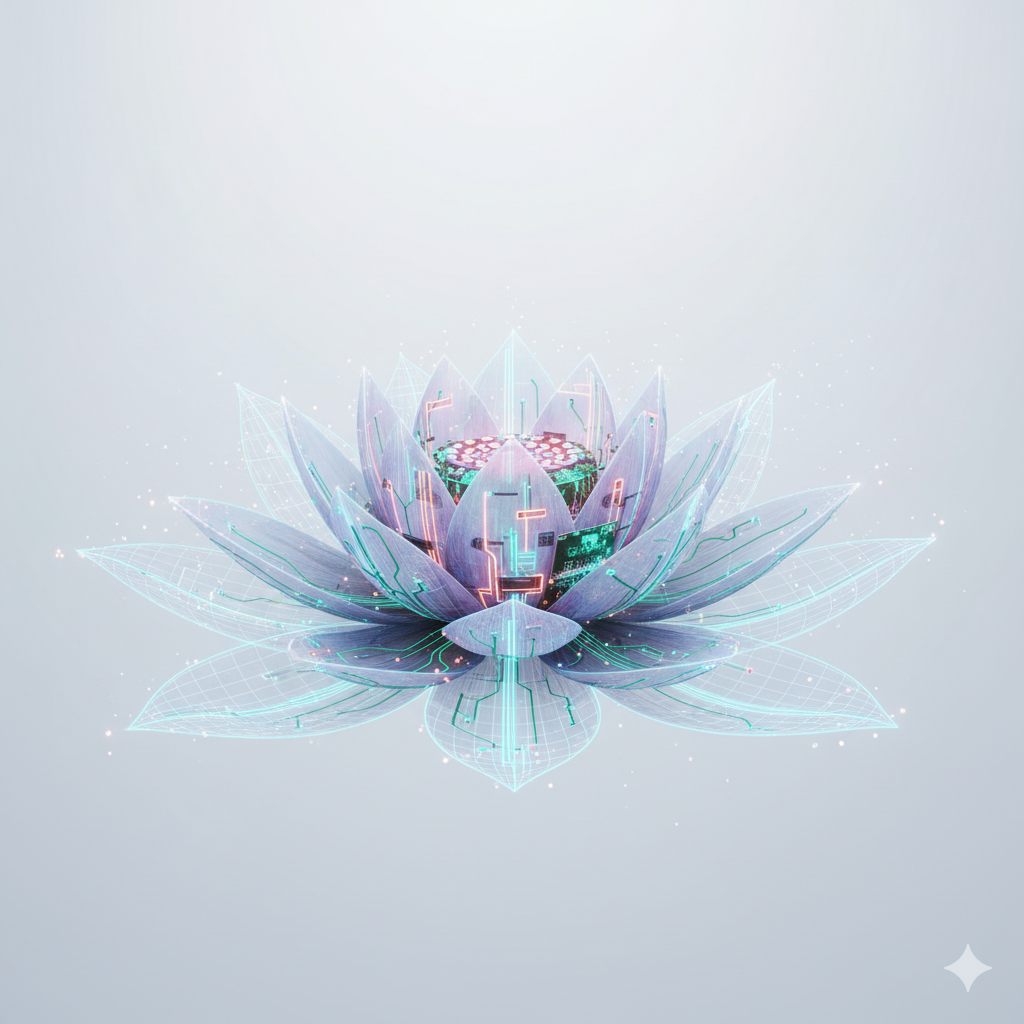Revolutionizing Modern Design
Dive into the world of innovative designs that blend technology and art seamlessly. Discover trends shaping tomorrow.
In 2025, design isn’t just about aesthetics—it’s a symphony where algorithms compose alongside the human hand, crafting experiences that feel both futuristic and profoundly personal. — Echoing the spirit of tomorrow’s creators
As the lines between code and canvas dissolve, modern design emerges as a vibrant hybrid, where technology amplifies artistic intuition to redefine our visual world. From AI-fueled illustrations that pulse with emotion to 3D realms that invite tactile exploration, these innovations aren’t mere novelties; they’re the blueprints for tomorrow’s interfaces, environments, and narratives. In a year marked by rapid AI evolution and sustainable imperatives, designers are weaving tech’s precision with art’s soul, shaping trends that prioritize inclusivity, interactivity, and immersion.
The Fusion Forge: Key Trends Blending Tech and Art in 2025
At the epicenter of this revolution are trends that harness technology to elevate artistic expression. Drawing from industry insights, here’s a curated list of standout movements defining 2025:
- AI-Powered Design: AI acts as a collaborative muse, generating ideas, refining details, and even personalizing outputs in real-time. Tools like generative platforms allow artists to iterate faster, blending machine precision with human creativity for hyper-unique visuals.
- Pixel Art Revival: A nod to digital origins, pixelation infuses typography and branding with a retro-tech charm, evoking early video games while adding playful, modern edges to contemporary projects.
- Hyper-Realistic 3D and Motion Graphics: 3D modeling tools like Blender create immersive, lifelike scenes, while motion graphics bring static art to life with fluid animations that tell stories and boost engagement on social platforms.
- Fusion of Analog and AI: Traditional techniques merge with AI to produce bespoke artwork—think hand-sketched references training models for custom styles, resulting in futuristic hybrids that honor craftsmanship.
- Bold Minimalism with Metallics and Textures: Clean lines meet opulent metallics and gritty grains, using tech-driven rendering to add depth and tactility, countering AI’s smoothness with raw, organic feels.
These trends, as predicted by creative leaders, emphasize authenticity amid technological flux, blending high-tech tools with timeless artistry to create designs that resonate deeply.
Immersive Interfaces: Designing for the Senses and Stories
Beyond static visuals, 2025’s designs prioritize sensory engagement, turning passive views into active journeys. Virtual and augmented realities, powered by adaptive algorithms, allow users to interact with art in personalized ways—altering colors based on mood or evolving narratives through touch.
Picture a digital gallery where 3D sculptures shift form as you gesture, blending the artist’s vision with your intuition. — Envisioning motion’s magic
Key enablers include:
- Generative AI for Adaptive Content: Designs that morph in response to user data, ensuring relevance and surprise in everything from apps to billboards.
- Maximalist Illustrations in Motion: Vibrant, detailed scenes animated with AI-assisted fluidity, capturing attention in a scroll-heavy world.
- Eco-Integrated Tech: Sustainable materials visualized through AR, letting users “try” green innovations in their space before committing.
This shift fosters empathy and connection, proving that tech-enhanced art isn’t cold—it’s a warm invitation to co-create.
Inclusive and Sustainable Horizons: The Ethical Edge of Innovation
No revolution is complete without heart. 2025 trends spotlight diversity, inclusion, and planetary care, using tech to amplify underrepresented voices and minimize environmental footprints.
- Diversity-Driven Narratives: AI tools trained on global datasets ensure representations that reflect real-world multiplicity, from skin tones in renders to cultural motifs in patterns.
- Brutalist Authenticity: Raw, unpolished aesthetics via code-heavy designs that embrace imperfection, countering glossy perfectionism with honest, accessible vibes.
- Circular Design Loops: Blockchain-tracked materials in digital twins, blending art with traceability for truly eco-artful products.
These elements ground the dazzle in purpose, making design a force for good.
Echoes in Digital Realms: Transforming WordPress and Web Design
For web creators, these trends translate into dynamic themes that breathe life into sites. WordPress, with its Gutenberg backbone, is primed for this era—envision themes like Kadence or Blocksy evolving to:
- Integrate AI widgets for on-the-fly content generation, pulling trend-aligned visuals.
- Feature WebGL for 3D hero sections that rotate with mouse hovers, echoing hyper-realistic trends.
- Use parallax motion and pixelated accents for bold, interactive scrolls that load swiftly on mobiles.
Plugins like Spectra or Otter Blocks make it effortless: drag-and-drop maximalist galleries or textured overlays, ensuring your site isn’t just seen—it’s felt. The result? Portfolios that showcase blended artistry, e-shops with metallic shimmer effects, and blogs that adapt to reader preferences, all optimized for tomorrow’s browsers.
Tomorrow’s Canvas: Design as Destiny
As quantum leaps and neural links loom, 2025’s designs herald a future where technology doesn’t eclipse art but elevates it, crafting worlds that heal, inspire, and unite. In this seamless blend, every pixel holds potential, every algorithm a poem.

